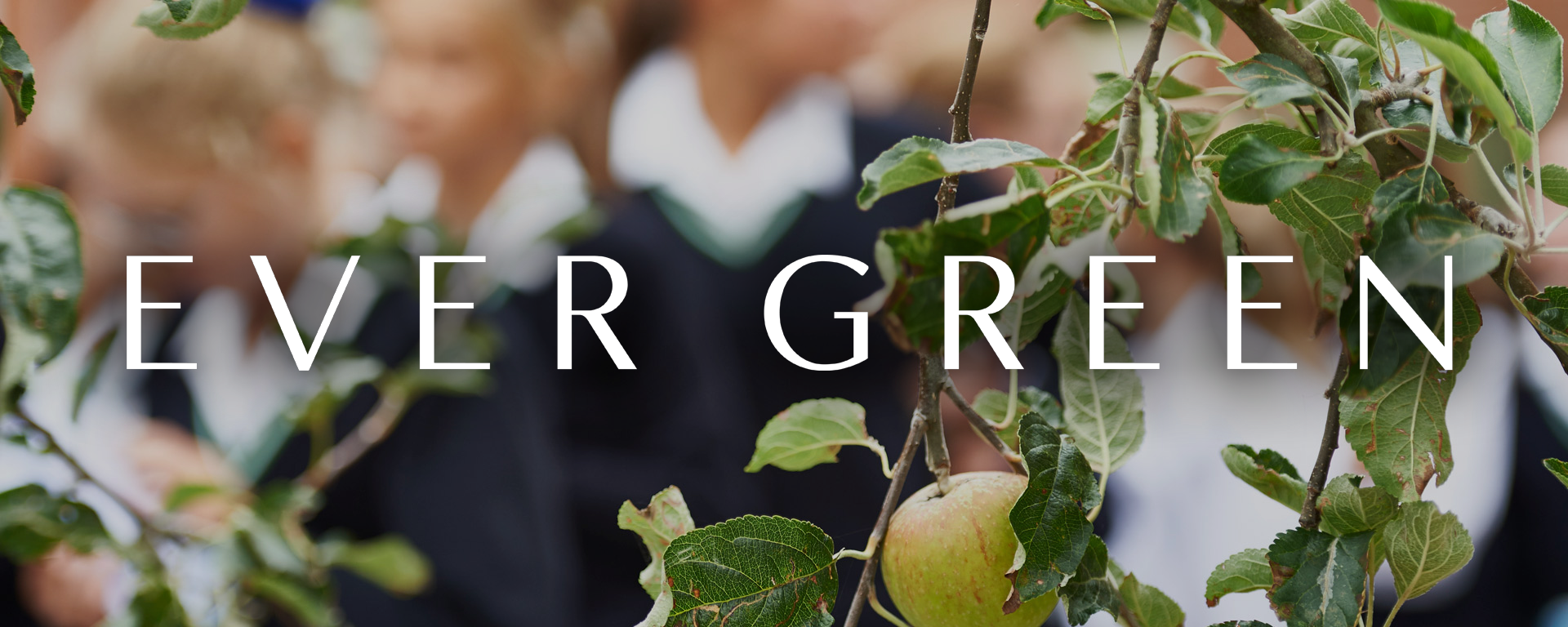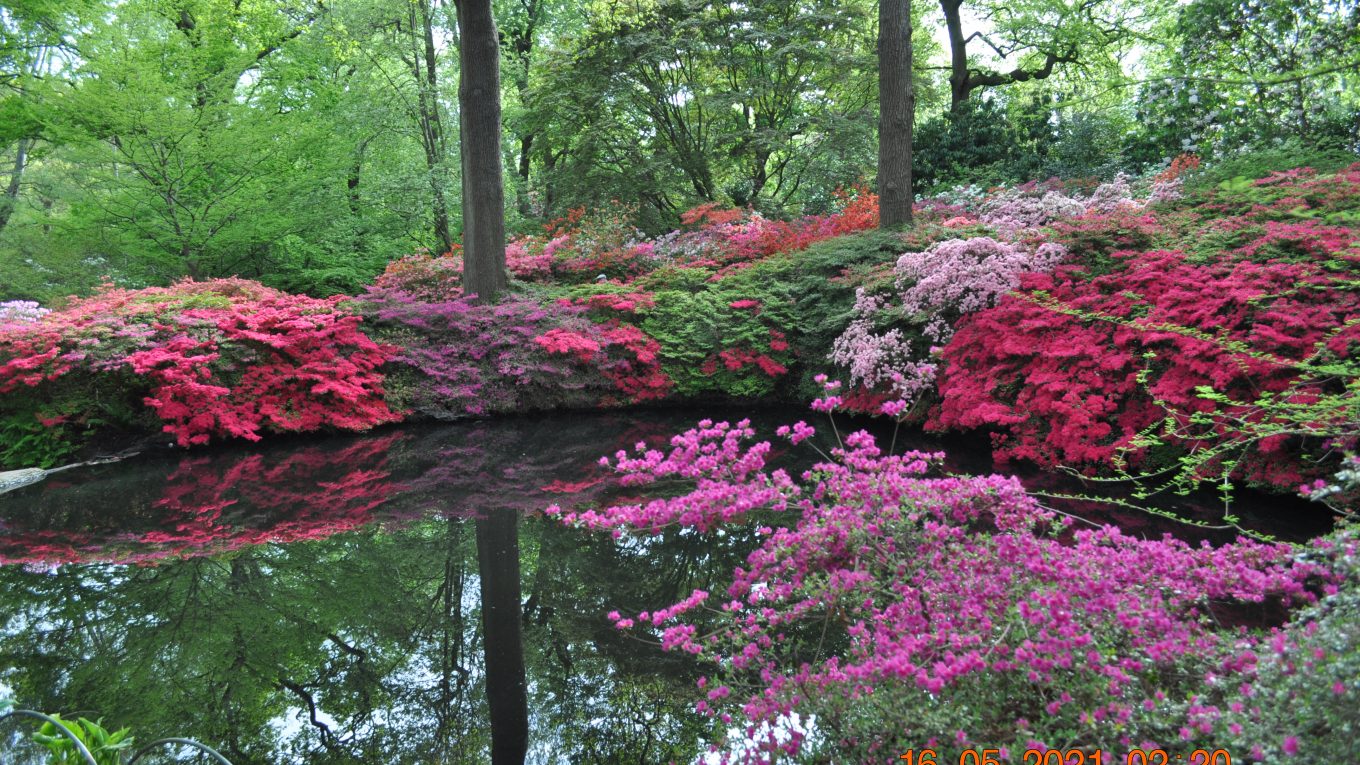The Isabella Plantation – a chronicle of nature’s riches
Poorna recounts her experience of the Isabella Plantation as observed over the months
The Isabella Plantation is an astounding reflection of nature at its finest. That is the best and only way to describe it. It is a woodland garden turned into a year-round attraction. Best known for its evergreen and vivid azaleas, it is also home to 500 other species of plant including rhododendrons, bluebells, camelias, heathers and more. A stream runs through it, with azaleas along either side. Most visitors recall the stunning ‘still pond’. This is bordered by magnificent azalea bushes of all colours. There are two other ponds, Peg and Thompsons, which harbour the variety of ducks and waterbirds and provide sanctuary for newborns every year.
Since February, I have been visiting Isabella weekly. It has been exciting to observe how nature changes and grows with the seasons. I still remember when the heathers were first coming up in early February, and now they are all pretty much gone! Every week – there is a new flower blooming, or an old one dying.
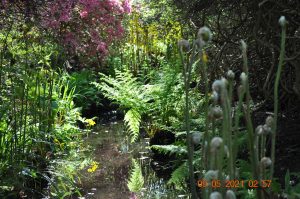
There is one plant, gunnera manicata, in the marshland section which has been wonderful to witness bloom. It has tripled in size, opening rather magnificently. I like to refer to it as an alien plant because it has this distinct creature-like energy about it. It is, though it may be hard to believe, even taller than me now!
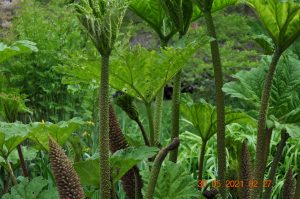
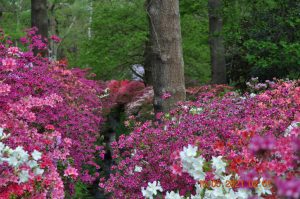
The wild azaleas only ever last for around 2-3 weeks, so one must rely on luck to catch it if one is not a regular visitor. When they are in bloom, the plantation is transformed. From above, it looks like someone lit it with pink and purple flames.
Bird discoveries, a plantation not just for plants
Isabella is not only known for its flowers but also the wildlife that lives there. From May, you see chicks of all species of bird starting to hatch and emerge from their nests. The Mallard chicks were the first to hatch, fuzzy and small. Then came the goslings – which were adorable. I was lucky enough to witness their first visit onto land outside their main nesting area. The mother and father were, however, very protective. I remember a keeper walked through their path and the mother was almost bombarding them. Then came the baby Mandarin ducks. Personally, they are my favourite.
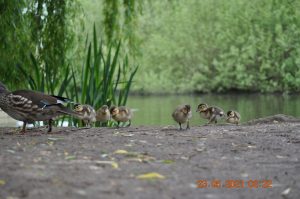
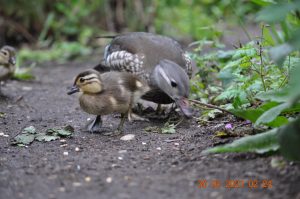
Studying Mandarin ducks (among other winged creatures)
My mother and I have been following two families of Mandarin ducks for the last 4-5 weeks and they grow so fast. Unfortunately, not all the chicks have made it due to the natural predators of Isabella like herons. However, this year, most have! It has been fascinating to watch them learn. We have seen them copying their parents, imitating actions of how to clean themselves. They have also grown in confidence so much – they quite literally ran at me one morning. I like to think they recognise me by smell but in all honesty, it is probably the seeds.
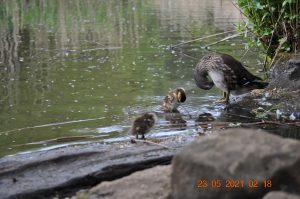
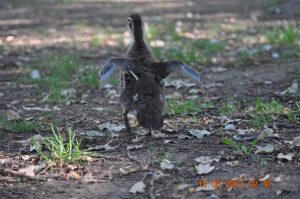
Over our time at Isabella, we have seen how the ducks have moved through the three ponds. Back in February, the ducks were evenly distributed. However, as time went on and mating season began, they all began to move towards Peg Pond (a pond with a small island in the middle). There is no evident reason for this but their migration patterns within Isabella have been one of the many curiosities of the plantation.
And I cannot forget Barry the pigeon. He has a nest up in the trees near one of the ponds and is the most fearless pigeon I have ever met. Every week, without fail, he has been at the pond, lurking and waiting to steal the food we bring for the chicks. We naively attempt to get rid of him, but he returns within five minutes. I really do pity the ducks that have to deal with him – he is a nuisance of a pigeon. As someone with an irrational fear of pigeons, it has been quite the brawl between myself and Barry over the last couple months. Nevertheless, Isabella would not be the same without him…
The early morning crowd
I must also acknowledge the wonderful people I have met on my trips. I visit Isabella every Sunday morning at 7:30 (when it opens) to avoid the crowd of people. Instead of crowds I have met a very fascinating bunch of people who get up early to admire the beauty of the plantation. I have met some really passionate power walkers, someone dressed as Darth Vader (I kid you not), what I am pretty sure was a Sherlock Holmes impersonator and a really inspiring zoologist. She was studying Mandarin duck behaviour and thanks to her I have learnt so much about their behaviour and species!
So, if you ever fancy meeting some interesting people, brawling with a pigeon, or just want to appreciate nature at its finest – do go and visit Isabella Plantation. It has sparked my interest in wildlife and natural photography, a passion I did not know I had before I started visiting.
